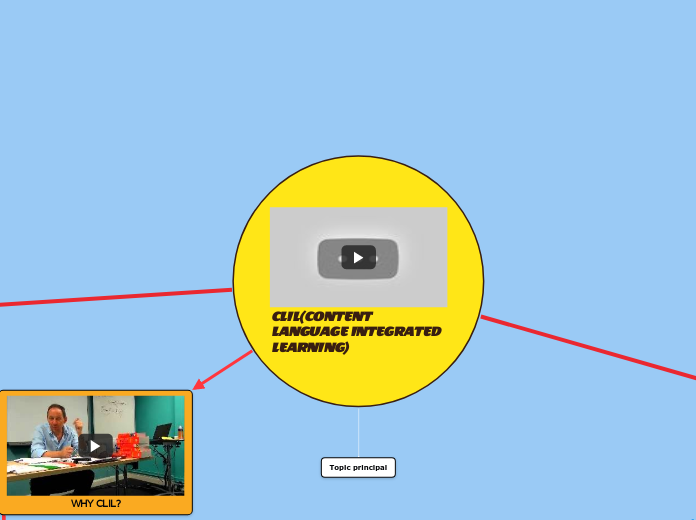af Mindomo Team 5 år siden
3699
Eat that Frog by Brian Tracy
The concept revolves around tackling your most significant and challenging tasks first, referred to as 'eating your frog.' The author emphasizes that procrastination can be combated by prioritizing these daunting tasks early in the day, thereby boosting productivity.









